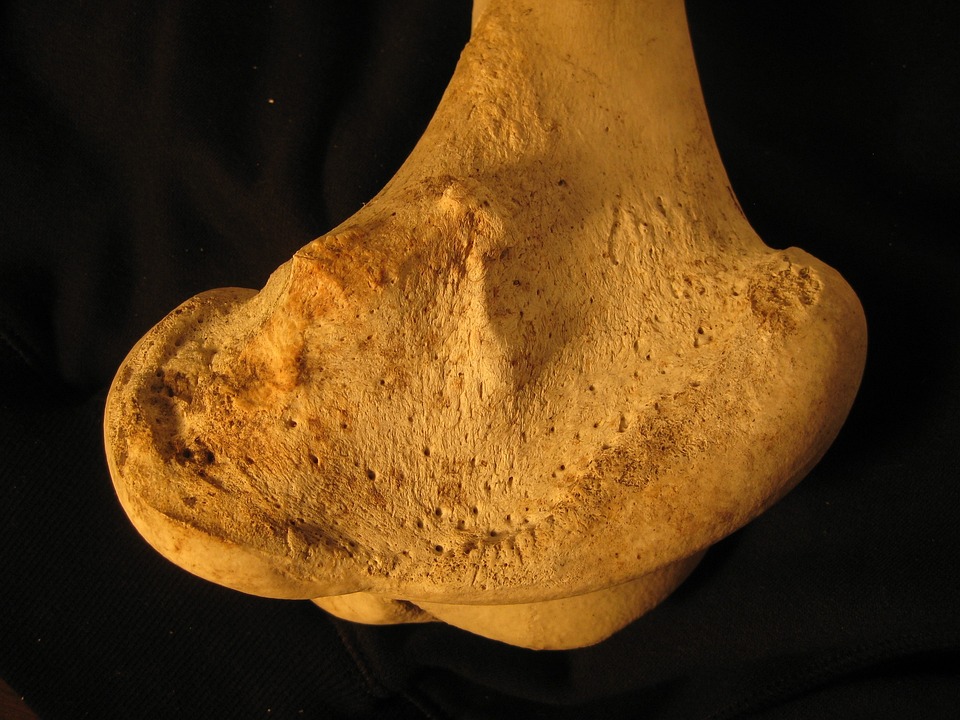Anatomy of the Femur:
The femur is a long bone that extends from the hip joint to the knee joint. It is divided into several parts:
1. Head: The rounded head of the femur fits into the acetabulum of the pelvis, forming the hip joint.
2. Neck: The neck of the femur connects the head to the shaft of the bone.
3. Shaft: The shaft of the femur is the long, straight portion of the bone that extends from the neck to the knee joint.
4. Greater Trochanter: This bony prominence on the lateral side of the femur serves as an attachment point for various muscles of the hip and thigh.
5. Lesser Trochanter: This smaller bony prominence on the medial side of the femur also serves as an attachment point for muscles.
6. Condyles: The distal end of the femur has two rounded condyles – the medial and lateral condyles – which articulate with the tibia to form the knee joint.
Function of the Femur:
The femur plays a crucial role in supporting the weight of the body and facilitating movement. Some key functions of the femur include:
1. Weight Bearing: The femur bears the weight of the body and transmits it from the hip joint to the knee joint during activities such as walking, running, and standing.
2. Muscle Attachment: The various bony prominences on the femur serve as attachment points for muscles of the hip and thigh. These muscles, including the quadriceps and hamstrings, help in the movement of the hip and knee joints.
3. Joint Articulation: The femur forms the hip joint with the pelvis and the knee joint with the tibia. These joints are important for mobility and stability during activities such as walking, climbing stairs, and standing up from a seated position.
4. Blood Cell Production: The bone marrow within the femur is responsible for producing red blood cells, white blood cells, and platelets, which are essential for maintaining overall health and immunity.
Injuries and Conditions of the Femur:
The femur is a strong bone, but it can be susceptible to fractures due to high-impact trauma or underlying conditions such as osteoporosis. Fractures of the femur can be serious and may require surgical intervention to realign the bone and promote healing.
Other common conditions that can affect the femur include hip fractures, dislocations, osteoarthritis, and developmental abnormalities such as hip dysplasia.
In conclusion, the femur is a vital bone that plays a crucial role in supporting the body and facilitating movement. Understanding the anatomy and function of the femur is essential for healthcare professionals to diagnose and treat injuries and conditions related to this important bone. By studying the femur, medical professionals can provide optimal care for patients and help them regain function and mobility.






























Add Comment